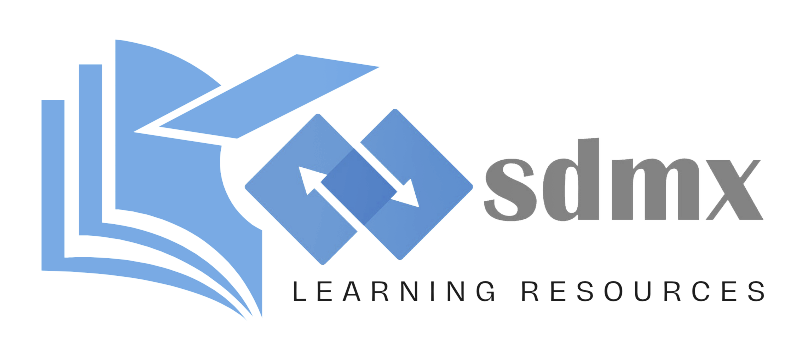
Welcome to the SDMX Learning resources.
Below, you will find a list of SDMX trainings offered by sponsors and members of the wider SDMX community.
Please keep in mind that the accuracy of this list depends on the information provided by each training organisation. We recommend verifying the details directly with the respective providers.
In addition to the listings, the SDMX sponsors also offer in-person training sessions during the biennial SDMX Global Conference. These sessions are designed to enhance the SDMX skills of organisations already familiar with SDMX and those who are just starting to explore its potential. The training sessions are divided into two tracks: “Beginners” for those new to SDMX and “Advanced” for those with prior experience.
If you provide SDMX training and would like to showcase your offerings on this page, please collect all the required information listed in this page and send it to contact@sdmx.org.
We strive to provide a comprehensive resource for SDMX training opportunities and look forward to supporting you in advancing your SDMX knowledge building.
| Topic | Title | Summary | Sponsor | Type | Price | Link | |
|---|---|---|---|---|---|---|---|
| Topic | Title | Summary | Sponsor | Type | Price | Link |